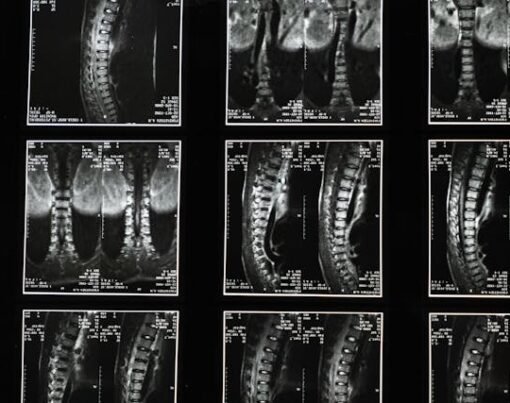If you’ve recently undergone a surgical procedure, you’re likely eager to expedite your recovery and resume your cherished activities. Engaging in physical therapy is a prudent step, as it proves to be a valuable asset in the post-surgical recuperation journey.
You can start physical therapy either during your hospital stay or upon returning home. Contrary to misconception, its benefits extend beyond orthopedic surgeries such as hip or knee replacements.
Virtually any surgical procedure can be complemented by the healing potential of physical therapy. This article explores how physical therapy can aid individuals in regaining their independence and enhancing their well-being after surgery.
Table of Contents
The Role of Physical Therapy
Physical therapy is a healthcare discipline aimed at improving and restoring movement and functionality to the body. The body can experience muscle weakness, reduced joint mobility, scar tissue formation, and altered biomechanics post-surgery.
Physical therapists specialize in designing personalized rehabilitation programs tailored to the patient’s specific needs, surgical procedures, and overall health status. If you live in Michigan, check out miraclerehabclinic.com/troy , as it offers one of the best physical therapy services near Troy, MI.
Here’s how physical therapy can help recover the quality of life after surgery.
Pain Management and Reducing Discomfort
Surgical procedures often lead to pain and discomfort as the body heals. Physical therapists utilize various techniques to manage pain, including manual therapy, modalities like heat and cold therapy, and therapeutic exercises.
Targeted interventions can alleviate pain, reduce inflammation, and promote tissue healing, making the recovery process more manageable and less arduous.
Reduces The Development Of Secondary Issues
Following surgery, there is a possibility of encountering infections, blood clots, and various other complications. However, physical therapy can mitigate these frequently burdensome and costly secondary issues.
Participating in personalized movement routines under the guidance of a physical therapist post-surgery can substantially diminish the likelihood of infections, contractures, and blood clots.
Restoring Mobility and Flexibility
The period following surgery is often accompanied by reduced joint mobility and muscle stiffness. Physical therapists employ stretching exercises, joint mobilizations, and flexibility routines to restore the body’s range of motion gradually.
By addressing these issues early in the recovery process, physical therapy helps prevent long-term mobility limitations and allows patients to resume their daily activities more quickly.
Muscle Strengthening and Endurance
Surgery can result in muscle atrophy and weakness due to reduced physical activity during recovery. Physical therapists create customized exercise programs focusing on rebuilding muscle strength and endurance.
These programs may involve resistance training, functional exercises, and balance drills, all enhancing overall physical fitness and preventing future injuries.
Scar Tissue Management
Scarring is a natural part of the healing process after surgery, but excessive scar tissue formation can impede movement and lead to discomfort.
Physical therapists utilize specialized methods, including myofascial release, scar massage, and instrument-assisted soft tissue mobilization, to dismantle scar tissue and enhance tissue flexibility. This promotes better movement and reduces the risk of complications.
Enhancing Posture and Body Mechanics
After surgery, poor posture and altered body mechanics are common, primarily if the surgical site affects musculoskeletal alignment. Physical therapists educate patients on proper body mechanics and ergonomics to perform movements safely and efficiently.
By instilling good postural habits, physical therapy minimizes strain on the body and reduces the risk of developing musculoskeletal issues.
Neuromuscular Re-Education
Surgical procedures can disrupt the intricate connection between the brain and muscles, leading to coordination and balance difficulties. In response, skilled physical therapists utilize specialized neuromuscular re-education techniques to facilitate the restoration of innate movement patterns within the body.
These purposeful exercises enhance your coordination and balance; proprioception is also honed. These are crucial factors for accomplishing everyday tasks and safeguarding against potential injuries.
Physical therapy is an indispensable ally in reclaiming quality of life after surgery. Addressing pain, restoring mobility, strengthening muscles, managing scar tissue, improving posture, and nurturing psychological well-being, physical therapists play a vital role in helping patients regain their independence and confidence.










